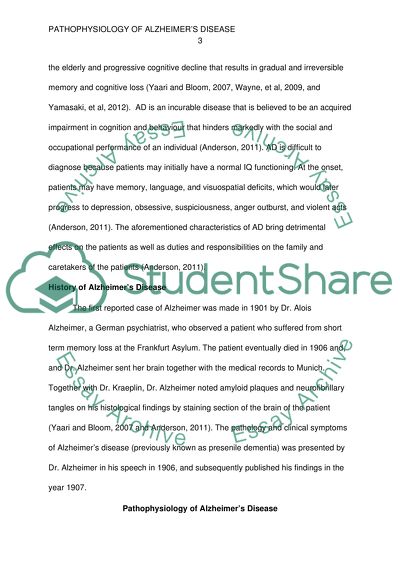Cite this document
(“Pathophysiology of Alzheimers Disease Research Paper”, n.d.)
Pathophysiology of Alzheimers Disease Research Paper. Retrieved from https://studentshare.org/health-sciences-medicine/1435785-pathophysiology-of-alzheimers-disease
Pathophysiology of Alzheimers Disease Research Paper. Retrieved from https://studentshare.org/health-sciences-medicine/1435785-pathophysiology-of-alzheimers-disease
(Pathophysiology of Alzheimers Disease Research Paper)
Pathophysiology of Alzheimers Disease Research Paper. https://studentshare.org/health-sciences-medicine/1435785-pathophysiology-of-alzheimers-disease.
Pathophysiology of Alzheimers Disease Research Paper. https://studentshare.org/health-sciences-medicine/1435785-pathophysiology-of-alzheimers-disease.
“Pathophysiology of Alzheimers Disease Research Paper”, n.d. https://studentshare.org/health-sciences-medicine/1435785-pathophysiology-of-alzheimers-disease.


